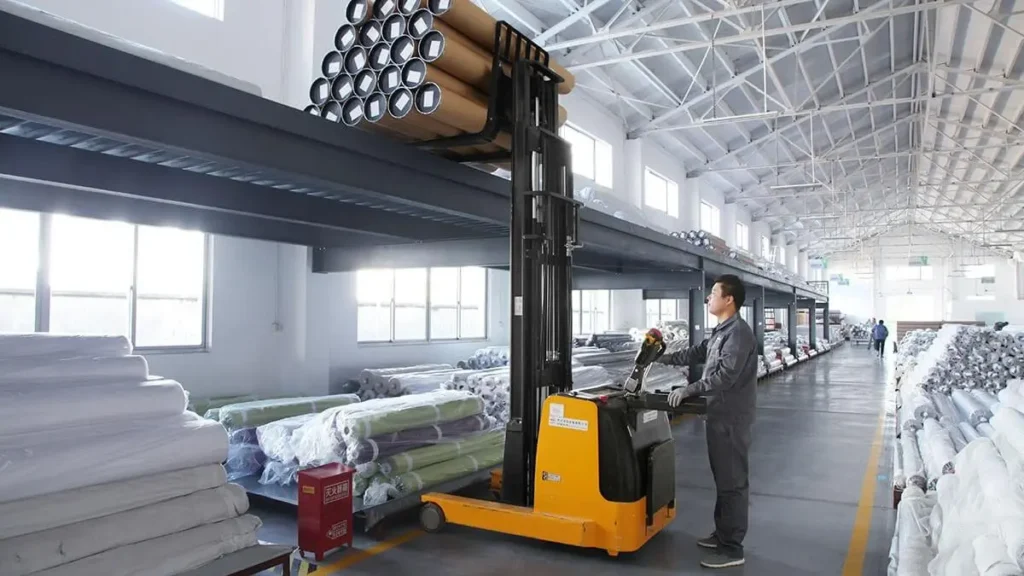Are you struggling to find quality window shades at competitive prices for your next big project? Navigating the global market can be tough, leaving many buyers feeling overwhelmed by options and risks.
I understand this challenge. Sourcing window shades from China has become a smart move for many businesses, offering a vast array of high-quality, customizable, and cost-effective solutions for various project needs.

For anyone in the design-build industry, finding the right partners is crucial. As I look for innovative and sustainable solutions, I always aim for ways to optimize my projects. Let us explore how we can simplify sourcing window shades from China, helping you achieve project excellence and long-term value.
What Does the Window Shades Market in China Look Like Today?
Are you wondering if China’s window shades market still offers cutting-edge solutions? Many people still think of China as a place only for basic manufacturing.
The Chinese window shades market has transformed into an innovation hub, offering advanced smart, eco-friendly, and highly customizable solutions that meet global standards for both residential and commercial projects.

When I first started sourcing, I was surprised by how much the Chinese market had changed. It is no longer just about mass production. Instead, it focuses on delivering sophisticated products. I have seen how manufacturers now invest heavily in new technologies and sustainable practices to meet the demands of modern smart homes and commercial spaces.
What are the Key Trends in the Chinese Shades Market?
The Chinese window shades market is dynamic and always changing. I have seen several key trends that make it an attractive option for procurement managers.
- Smart Home Integration: Smart shades are a big trend. Many Chinese manufacturers now create shades that work perfectly with leading smart home systems. This includes products that use Zigbee, Z-Wave, and Wi-Fi for automated control. For my projects, this means I can offer clients seamless integration, which is a major selling point. They can control their shades with an app, voice commands, or set schedules. This level of convenience and technology is important for modern living spaces.
- Sustainable Materials and Practices: Sustainability is another key focus. I often look for suppliers who offer eco-friendly materials like recycled fabrics, bamboo, and low-VOC options. Many Chinese factories have adopted greener manufacturing processes, reducing waste and energy consumption. This helps me meet the environmental standards of my projects and appeals to environmentally conscious clients.
- Customization and Design Flexibility: Customization is crucial for my projects. Chinese manufacturers now provide extensive options for fabrics, colors, patterns, and operating mechanisms. Small details, like hem bar finishes or cassette styles, can be adjusted to fit specific design requirements. This flexibility allows me to achieve unique aesthetics for different projects, from minimalist modern to classic luxury.
- Advanced Manufacturing Technologies: Factories in China use advanced machinery for precision cutting, robotic assembly, and quality control. This leads to higher product quality and greater consistency. For me, this means fewer defects and smoother installations.
- Strong Supply Chain Capabilities: The overall supply chain in China is robust. This includes access to raw materials and efficient logistics networks. This strength helps ensure timely delivery and competitive pricing, which are vital for managing project timelines and budgets.
In short, the Chinese market is strong. It offers a wide range of products that are innovative, sustainable, and highly customizable. This makes it an ideal place to find solutions for any project.
What Should Buyers Consider Before Sourcing from China?
Do you ever worry about the unexpected challenges when sourcing products internationally? It can feel like a maze with many potential pitfalls.
Before sourcing window shades from China, buyers must consider product quality, supplier reliability, compliance with international standards, and clear communication to avoid common pitfalls and ensure project success.
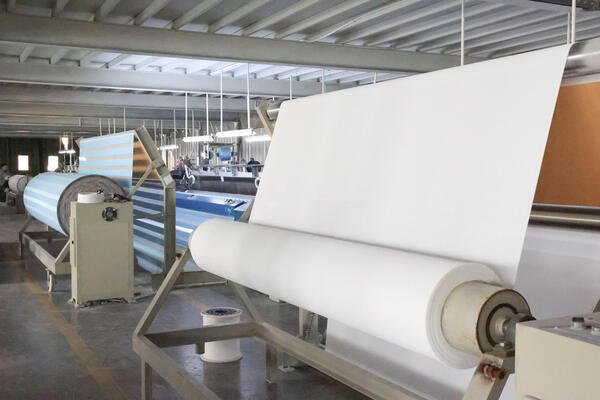
When I first started, I learned some tough lessons about what can go wrong. Now, I always make sure to cover all my bases. The key is to be prepared and methodical in your approach so you can avoid problems before they even start. I always remind myself that a little extra effort upfront saves a lot of headaches later.
What are the Key Considerations for Buyers?
When I plan to source from China, I focus on several critical areas. These help me ensure that my projects run smoothly and successfully.
- Quality Control and Standards: This is very important. I always check if potential suppliers have strong quality control systems in place. I ask about their certifications, like ISO 9001, which tells me they follow good quality management practices. I also want to know if they perform regular inspections at different stages of production. For window shades, this means checking fabric consistency, motor performance, and overall assembly. I also look into their past performance and customer reviews to confirm their quality.
- Supplier Reliability and Reputation: Finding a reliable supplier is crucial. I check their business license and registration to confirm they are legitimate. I also look for their track record, how long they have been in business, and what their export history looks like. Getting references from other international buyers helps me understand their reliability. I particularly value suppliers who have a good reputation for on-time delivery and quick problem-solving.
- Compliance and Certifications: Window shades need to meet specific international safety and environmental standards. I always make sure the products comply with relevant regulations, like CE for Europe or UL for North America. This is so important, especially for motor components. I also ask for proof of eco-friendly certifications if a project requires it, such as those for sustainable materials. This ensures the products can be legally sold and installed in my target markets.
- Communication and Language Barriers: Clear communication is essential. I prefer working with suppliers who have dedicated English-speaking sales teams. This helps avoid misunderstandings about product specifications, timelines, or payment terms. I also consider using video calls and written communication to keep detailed records of all discussions. This prevents mistakes and ensures everyone is on the same page.
- Payment Terms and Security: I always carefully review payment terms. Many suppliers require a deposit upfront, with the remaining balance due upon shipment. I look for reasonable payment schedules and use secure payment methods like bank transfers or letters of credit, especially for large orders. I avoid suppliers who ask for 100% upfront payment, as this can be a risk.
- Minimum Order Quantity (MOQ): I check the MOQ early on. Some factories have very high MOQs, which might not work for smaller projects. I look for suppliers who can offer flexible MOQs or are willing to negotiate, especially for long-term partnerships.
By focusing on these points, I can make informed decisions. This allows me to build strong relationships with trusted Chinese manufacturers.
How Can You Find Reliable Window Shades Suppliers in China?
Are you feeling overwhelmed by the sheer number of suppliers in China and unsure how to pick the right one? The search for a reliable partner can feel like looking for a needle in a haystack.
To find reliable window shades suppliers in China, you should use a variety of sourcing channels, including online platforms, trade shows, and referrals, while always performing thorough due diligence to verify their legitimacy and capabilities.
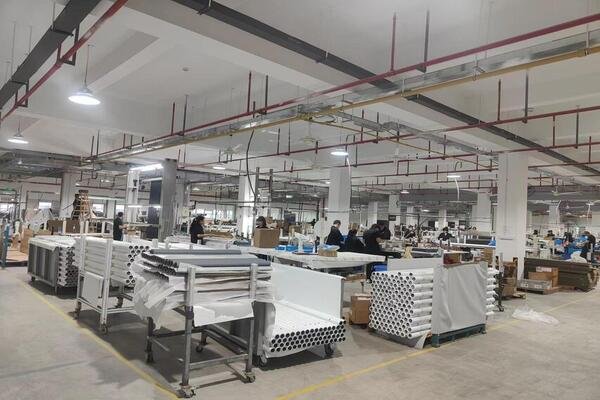
I remember feeling this exact way when I first started. I quickly learned that relying on just one method for finding suppliers was not enough. You need to cast a wide net, but also be very careful in how you evaluate each potential partner. This careful process has saved me from many bad deals.
What are the Best Ways to Find a Supplier?
Finding the right supplier is a systematic process. I use a mix of methods to ensure I cover all bases.
- Online B2B Platforms: Platforms like Alibaba, Made-in-China, and Global Sources are good starting points. I use these to search for manufacturers based on product type, certifications, and export experience. I look for suppliers with Gold Supplier status or verified manufacturer badges, as these often indicate a higher level of credibility. However, I always remember that these platforms are just a starting point. I do not rely solely on them.
- Industry-Specific Trade Shows: Attending trade shows in China, such as Canton Fair or R+T Asia, is very helpful. I can meet suppliers face-to-face, see their products firsthand, and discuss needs directly. This allows me to build relationships and assess communication skills in person. I ask questions about their production capacity, quality control, and testing procedures. This way, I get a better feel for their overall professionalism.
- Referrals and Professional Networks: Word-of-mouth referrals from trusted colleagues or industry contacts are priceless. If someone I trust recommends a supplier, I am more likely to consider them. I also leverage my professional network, reaching out to other project managers or designers who have experience sourcing from China. Their insights can save me a lot of time and potential trouble.
- Sourcing Agents and Consulting Firms: Sometimes, using a local sourcing agent or a consulting firm can be beneficial, especially for first-time buyers or complex projects. These agents have local knowledge and can help with supplier identification, factory audits, and quality inspections. I use them when I need extra support or when I am dealing with a new product category.
- Direct Factory Visits: If possible, I always try to visit the factory myself or send a trusted representative. A factory visit gives me a clear picture of their production process, machinery, quality control measures, and working conditions. Seeing the operation firsthand helps me confirm their capabilities and commitment to quality.
- Requesting Samples: Once I narrow down a few potential suppliers, I always request product samples. This allows me to check the quality, materials, and functionality of their window shades before committing to a larger order. I also ask for samples of different components, like motors and brackets, to assess their overall quality.
By using these strategies, I can find reliable partners. This helps me secure consistent quality and timely delivery for all my projects.
How Do You Negotiate and Secure a Solid Contract?
Are you concerned about navigating complex negotiations and contract details with overseas suppliers? Securing a good deal often feels like a high-stakes game.
To negotiate and secure a solid contract for window shades from China, buyers must clearly define product specifications, payment terms, quality standards, and delivery schedules, then formalize these in a detailed, legally binding agreement.
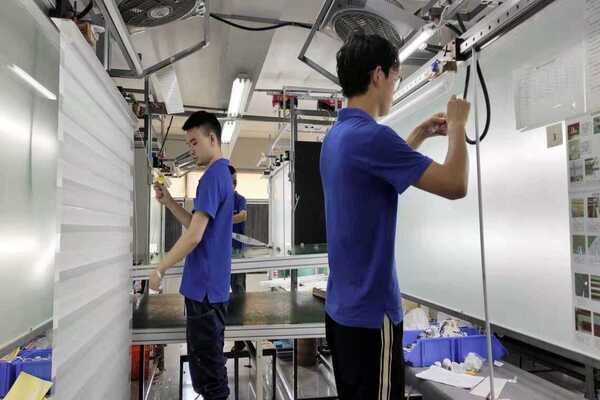
I learned early on that a handshake is not enough when dealing with international trade. Every detail needs to be written down clearly. I approach negotiations with a clear plan, knowing exactly what I need and what I can concede. This careful strategy protects both parties and ensures a smooth transaction.
What are Important Steps for Negotiation and Contract?
Negotiating and signing a contract is a key part of the sourcing process. I follow these steps to make sure I get a solid agreement.
- Define Clear Specifications: Before any negotiation, I make sure I have very clear product specifications. This includes detailed drawings, material requirements (e.g., fabric type, weight, light transmission), motor types (e.g., brand, voltage), color codes, dimensions, and operating mechanisms. Any ambiguity can lead to misunderstandings and quality issues later on. I provide samples or precise technical data to avoid any confusion.
- Negotiate Pricing and Payment Terms: Price negotiation requires a good understanding of market rates. I usually get quotes from multiple suppliers to compare. I negotiate not just the unit price but also bulk discounts, tooling costs, and packaging expenses. For payment terms, I aim for a structure that balances risk, such as a 30% deposit upfront and the remaining 70% upon completion or shipment. I avoid paying the full amount before production starts.
- Establish Quality Standards and Inspection Procedures: I include specific quality checks in the contract. This covers material inspection, in-process quality control, and a final pre-shipment inspection. I specify acceptable quality limits (AQL) and who will perform the inspections (e.g., my own team, a third-party inspection agency, or the supplier’s QC team). The contract should also outline what happens if products fail inspection, such as rework or replacement.
- Clarify Delivery Schedules and Penalties: Timely delivery is critical for project timelines. I set clear delivery dates and milestones in the contract. I also include clauses about penalties for late delivery, which encourages the supplier to meet deadlines. Conversely, I also make sure there are agreements for force majeure events that might cause delays beyond the supplier’s control.
- Intellectual Property Protection: If I am developing a unique product or design, I include clauses to protect my intellectual property (IP). This means the supplier cannot reproduce or sell my designs to other buyers. A Non-Disclosure Agreement (NDA) or a specific IP clause within the main contract is essential.
- Warranty and After-Sales Support: I always specify warranty terms for the products, especially for motorized components. This includes the duration of the warranty and the process for handling defects or returns. I also detail the supplier’s responsibility for after-sales support, such as providing spare parts or technical assistance.
- Dispute Resolution: It is important to have a plan for resolving disputes. The contract should outline the preferred method, such as mediation, arbitration, or litigation, and specify the governing law and jurisdiction (e.g., Hong Kong International Arbitration Centre). This provides a legal framework if problems arise.
A well-drafted contract covers all these points. It protects my interests and frames a clear path for a successful partnership.
How Do Logistics and Customs Work When Importing from China?
Do the complexities of international shipping and customs declarations make you nervous? I know the feeling; it can seem like a daunting bureaucratic hurdle.
When importing window shades from China, buyers must manage logistics by choosing appropriate Incoterms, selecting reliable freight forwarders, and ensuring all customs documentation, tariffs, and taxes are correctly handled to avoid delays and extra costs.
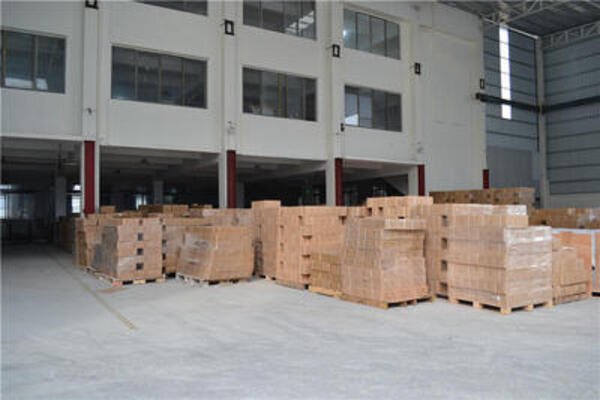
I once had a shipment stuck in customs for weeks because of a small paperwork error. That taught me a huge lesson about being meticulous. Now, I always plan ahead and make sure every detail is perfect to avoid those costly delays. Knowing the rules and having the right partners makes all the difference.
How to Manage Logistics and Customs?
Navigating logistics and customs can be tricky. I always pay close attention to these steps to ensure smooth delivery.
- Understand Incoterms: Incoterms (International Commercial Terms) define the responsibilities of the buyer and seller for the delivery of goods. I typically use FOB (Free On Board) or CIF (Cost, Insurance, and Freight). With FOB, the supplier covers costs until the goods are loaded onto the ship at the Chinese port. I then take over the shipping and insurance costs from there. CIF means the supplier covers the cost, insurance, and freight to my designated port. Knowing which Incoterm to use helps me clarify who is responsible for what at each stage.
- Choose a Reliable Freight Forwarder: A good freight forwarder is essential. They handle the physical movement of goods, book cargo space, prepare shipping documents, and often help with customs clearance. I look for forwarders with experience in shipping from China to my destination, especially those who specialize in window treatment products. They help me choose between sea freight (for larger, less urgent shipments) and air freight (for smaller, urgent ones).
- Prepare Essential Shipping Documents: Accurate documentation is critical for customs clearance. This includes the commercial invoice (with detailed product descriptions, Harmonized System (HS) codes, and value), packing list (showing quantities, weights, and dimensions), bill of lading (for sea freight) or air waybill (for air freight), and a certificate of origin. I work closely with my supplier to ensure all documents are correct and provided in a timely manner.
- Calculate Tariffs, Duties, and Taxes: I always research the tariffs, import duties, and taxes that apply to window shades in my country. HS codes help determine the correct duties. I factor these costs into my overall budget to avoid surprises. Some products may also be subject to anti-dumping duties, so it is important to stay informed about trade policies.
- Customs Clearance Process: My freight forwarder usually handles the customs clearance process, but I stay informed. This involves submitting documents to customs authorities, paying duties and taxes, and ensuring compliance with all import regulations. Any errors or missing documents can cause significant delays and storage fees. I make sure all necessary licenses or permits are in place well before the shipment arrives.
- Cargo Insurance: I always recommend purchasing cargo insurance. This protects against loss or damage during transit, which can happen with international shipping. Even with reliable carriers, accidents can occur, and insurance offers financial protection. I make sure the insurance policy covers the full value of the goods and consider all potential risks.
By carefully managing these logistics and customs details, I can ensure my shipments arrive on time and without unexpected costs.
Conclusion
Sourcing window shades from China requires careful planning to ensure quality and compliance. By understanding the market, vetting suppliers, negotiating strong contracts, and mastering logistics, you can achieve project excellence.
